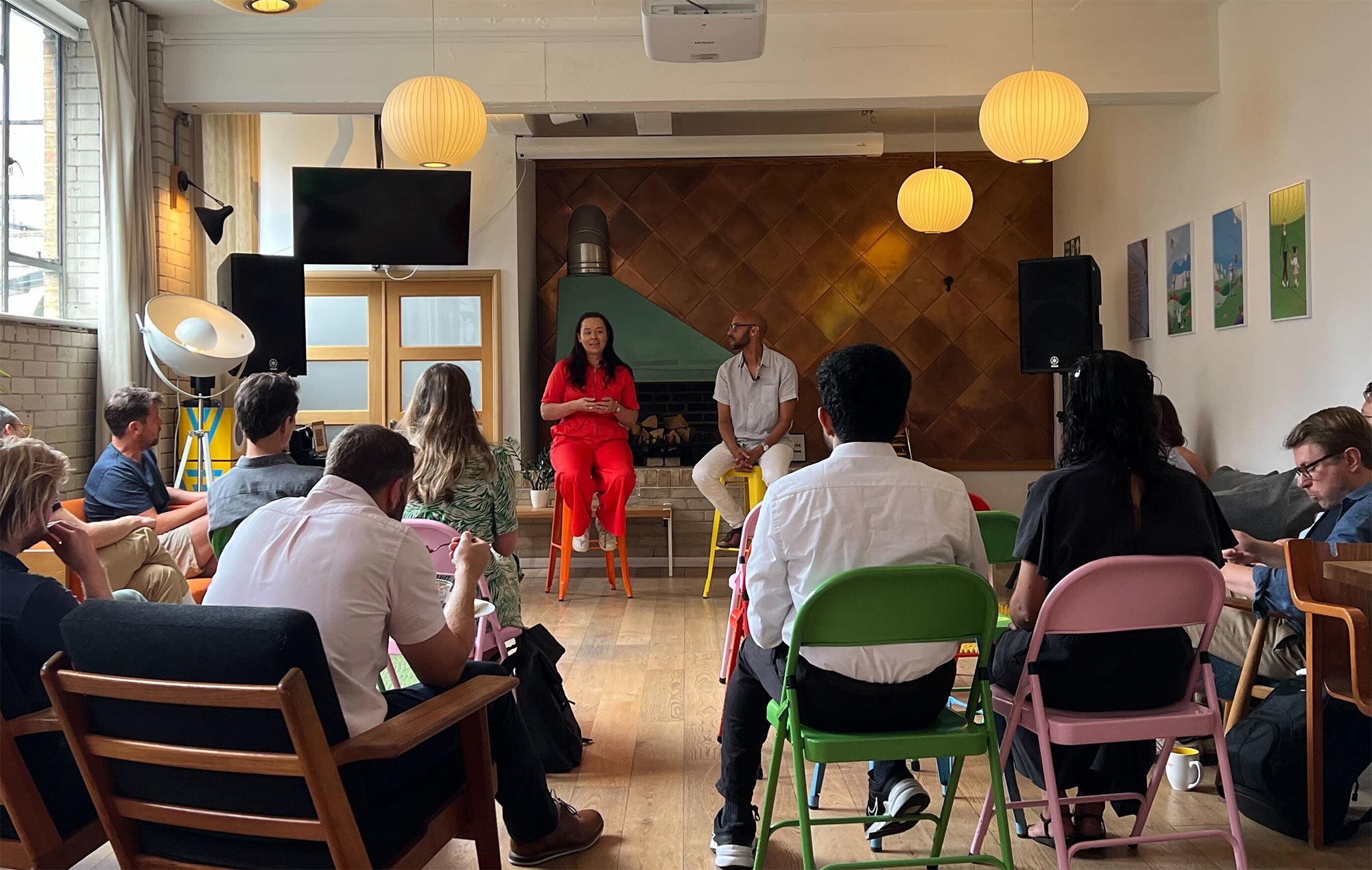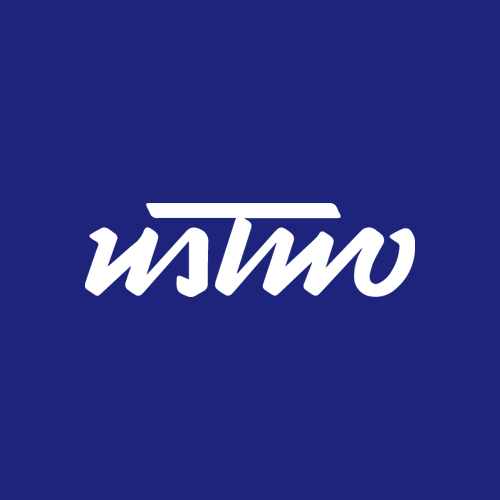In July we invited clients and industry friends to our studio in Shoreditch to enjoy a breakfast spread and share their experience of leading transformation in organisations throughout their careers in digital, product and tech.

The event was led by our European Delivery and Transformation Director, Collin Lyons. Collin was joined by Jasmine Skee, CMO Consultant, and a previous client of ustwo during her time at the mobile network provider Three.
Agile isn’t just about software
Jasmine started by sharing her career journey in Marketing since moving to the UK from Australia. She explained her journey through various marketing roles at Sony Ericsson, Live Nation, Three, and luxury retailer Harvey Nichols. She also shared how her introduction to product-led ways of working by ustwo helped her to prove that Agile isn’t just for software development.
Jasmine and Collin worked closely together when ustwo partnered with Three to boost their reputation and customer acquisition, and to make the company a rewarding place to work. We were flattered when she shared the reason she chose ustwo to help lead transformation at Three.
“I wanted a company to help transform Three by changing the way we think. ustwo’s way of working was different from other agencies. You worked in parallel with us, learning together, bringing the whole team with you, and upskilling people along the way. Working the way ustwo works changed my career.”
Product-led transformation is a cultural change
Change isn’t easy or straightforward, so it’s no surprise that many people and organisations are resistant to it. However, successful product-led transformation in an organisation isn’t possible without cultural change.
When we asked our guests if they’ve ever struggled to implement change in their organisation, one person said they believe it’s easier to be a change agent in an organisation when you have a mandate to change and a supportive leader. This led to a discussion on how to get buy-in from key figures in an organisation before implementing change. Jasmine and Collin suggested hosting team or company-wide ‘Lunch and Learn’ sessions to unpack what product-led transformation really means.
Take people on the journey
That said, we know talking to, and training, people about product-led transformation isn’t enough to change their mindset. Product-led transformation is a cultural change as much as it’s an experiential change, so it has to be put into practice. Although Agile is a fairly simple concept to understand, it takes practice to do well. The journey of becoming product-led requires doing it over and over until it becomes “the way things are done around here.”
So, we discussed how change agents can utilise transparency and storytelling to achieve successful product-led transformation and get buy-in from senior executives. Here’s a summary:
- Skip the jargon: Product-led transformation should be everybody’s business, not just colleagues with “digital” in their job title. There’s no part of an organisation that won't be affected by product-led ways of working, so it’s crucial to make it accessible and clearly address the questions people – especially senior executives – want answers to.
- Build a clear product roadmap: Preferably one that is focused on outcomes, rather than features. It’s not always possible to address the desire for certainty when working in a product-led way, but it’s easy to set clear milestones. Being transparent and building a roadmap that allows room for flexibility ensures that senior executives will receive regular updates and a timeline that gradually increases certainty.
- Change the questions you ask: One of the most powerful things you can do to enable your organisation to work in a product-led way is to change the questions you ask. Innovation is built on experimentation, and so questions should be aimed at elevating an experimentation mindset in the culture.
- Share customer feedback along the way: Another powerful way to gain buy-in for using a product-led approach is to share customer feedback and reactions to the products you’re creating with senior leadership. Often customers do not behave in the way we expect, and it can be a very sobering experience to see what your clients actually think and do.
After this discussion, we took questions from the audience. One guest asked: what if you’re met with an organisation that wants change to happen quickly, but doesn't want to be transformed? Collin explained that at ustwo, our approach has always been focused on creating lasting change, so we show by doing, and when people are inspired by the results we create, they want to know more about the principles that guide our ways of working.
Next, we discussed the gap between education and industry, particularly the role educational institutions play in preparing the next generation of graduates to work in contemporary ways. One guest said many students learn about concepts like Agile without applying them to real life scenarios, so colleges and universities have a duty to demonstrate the principles of Agile using practical business examples to guide students through the process.
The more we practise Agile methodologies, the more buy-in we get from senior leaders, and perhaps some day soon, product-led ways of working will be the norm.
We’d like to say a huge thank you to all our clients and industry friends who joined us for this event.
Have you read Make Learn Change?
Collin recently published the 2022 edition of his book, Make Learn Change. It’s a pocket-sized guide packed with tips for leaders who want to build an organisation where Agile teams innovate at pace, design for customers’ needs, and grow their business.
Weighing in at 48 pages, Make Learn Change gets straight to the point. Countless books have been written on Agile, with many opinions, definitions and processes. Make Learn Change unpacks the most important principles of Agile: set up your organisation to build your product iteratively and incrementally, and gather customer feedback along the way.
Collin believes people in leadership positions must understand the role they play in creating change, so he shared the lightbulb moment that inspired him to write Make Learn Change. You can watch it below.
For more information about product-led transformation, check out the blogs we’ve written at the bottom of this page.
